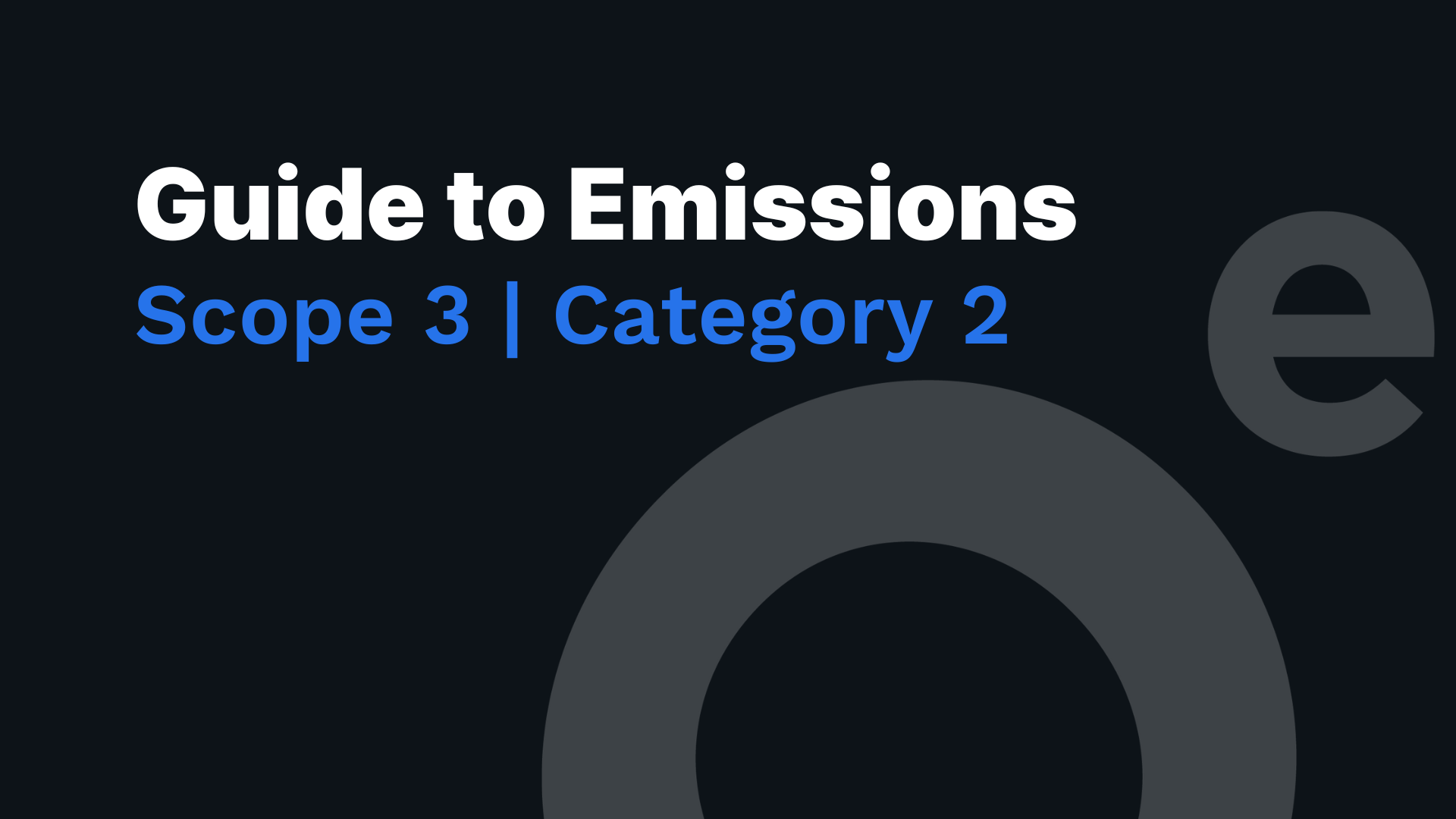Scope 3 Category 2 emissions pertain to the indirect emissions associated with a company's capital goods. These goods are long-lasting final products used by businesses to produce goods, offer services, or manage the sale, storage, and distribution of merchandise.
In financial accounting, capital goods are classified as fixed assets or plant, property, and equipment (PP&E). Examples include machinery, equipment, buildings, facilities, and vehicles.
Distinguishing Between Capital Goods and Purchased Goods
Determining whether a purchased item is a capital good (to be recorded under category 2) or a purchased good (to be recorded under category 1) can sometimes be challenging. Companies should follow their internal financial accounting processes to classify items appropriately and avoid double-counting emissions between categories 1 and 2.
Accounting for Emissions from Capital Goods
In financial accounting, capital goods, or "capital assets," are typically depreciated or amortized over their useful life. However, for scope 3 emissions accounting, companies should not apply depreciation, discounting, or amortization to emissions from capital goods production. Instead, they should account for the total cradle-to-gate emissions of acquired capital goods in the year of purchase, similar to how emissions from other procured products in category 1 are recorded. If substantial capital acquisitions occur sporadically, scope 3 emissions related to capital goods may fluctuate significantly. Companies should highlight any exceptional or non-recurring capital investments in public reports to provide proper context.
Data Needed for Calculating Scope 3 Category 2 Emissions
To measure Scope 3 Category 2 emissions, the following data is required:
Capital goods purchased or acquired during the reporting period
Emission factors for the production, manufacture, and transportation of each capital good
Useful life of each capital good
This data can be obtained from suppliers, industry databases, or other credible sources. In some cases, assumptions or proxy data may be necessary if exact figures are not available.
Methods for Calculating Scope 3 Category 2 Emissions
Companies can use various methods to calculate Scope 3 emissions from purchased capital goods. These methods, listed in order of specificity, include:
Supplier-Specific Method: Obtain product-level cradle-to-gate GHG inventory data directly from suppliers.
Hybrid Method: Combine supplier-specific data with secondary data to fill gaps. This includes collecting suppliers' allocated scope 1 and 2 emissions, data on materials, fuel, electricity, transportation distance, and waste generated during production, and applying suitable emission factors. Use secondary data when supplier-specific data is unavailable.
Average-Product Method: Estimate emissions by gathering data on the mass or other relevant units of purchased goods and multiplying by corresponding secondary (e.g., industry average) emission factors.
Spend-Based Method: Calculate emissions by collecting data on the economic value of purchased goods and multiplying by relevant secondary (e.g., industry average) emission factors.
These methods provide different approaches to estimating GHG emissions, enabling businesses to select the most appropriate option based on their specific needs and data availability.
Schedule a Demo of our Platform
If you're interested to know how Zeroe's platform can help you measure your scope 1, 2 and 3 emissions - schedule a demo with us today.
For more information
To start at the beginning, read the Understanding Carbon Emissions guide, or to move to the general overview of scope 1, 2 and 3.
